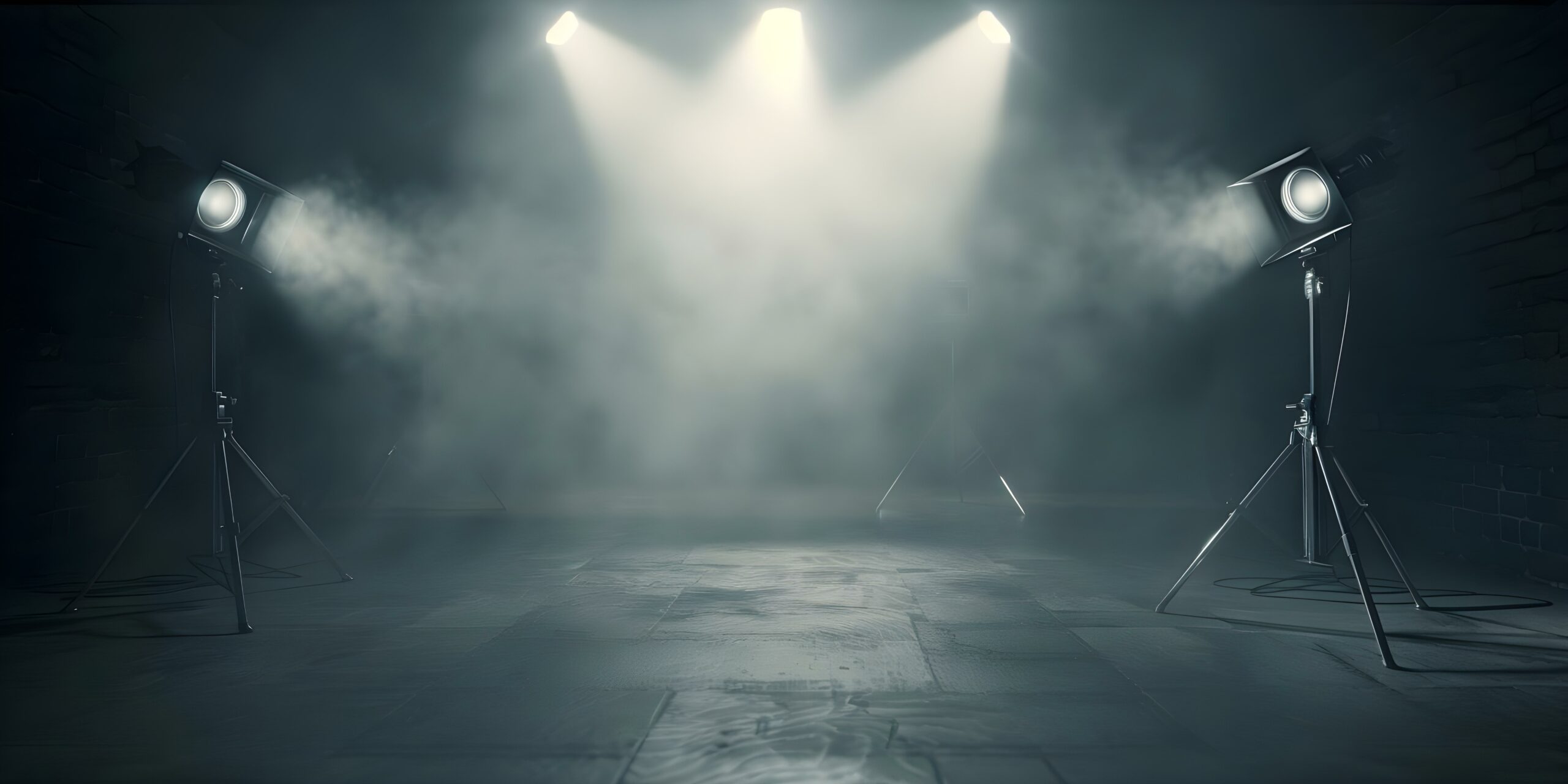In today’s world, events are no longer just gatherings. They are opportunities to transport audiences into immersive, memorable experiences that linger long after the curtain closes. As someone who has spent over 37 years crafting events for A-list clients and global brands, I’ve seen firsthand how cinematic storytelling has revolutionized the industry. This evolution is redefining what’s possible, bridging the gap between entertainment and reality.
From Watching to Experiencing
When I began my career, events were largely traditional: formal dinners, stage performances, and basic sound and lighting setups. But as technology advanced, so did expectations. Audiences stopped being satisfied with just watching—they wanted to feel. They wanted to be part of the story. That’s where cinematic storytelling stepped in.
Cinematic storytelling takes the principles of filmmaking—compelling narratives, emotional arcs, stunning visuals—and weaves them into the fabric of an event. It’s about creating an emotional connection. Whether it’s a brand activation, a luxury celebration, or a philanthropic gala, people remember how they felt. And nothing evokes emotion like a well-told story.
Building a Narrative Framework
Every great movie starts with a script, and every great event starts with a story. In my work, I approach events as if they are living films. Who is the protagonist? What is the conflict or goal? How does the audience journey from the opening scene to the grand finale?
For example, when we worked on events for brands like Ferrari or Amazon, we didn’t just showcase products or services. We built narratives around their essence. For Ferrari, it wasn’t just about cars—it was about speed, power, and legacy. For Amazon, it was about innovation and customer connection. We made the audience part of those stories, immersing them in environments that felt cinematic and larger-than-life.
The Power of Immersive Technology
Cinematic storytelling in events has been supercharged by advancements in technology. Tools like projection mapping, augmented reality (AR), and virtual reality (VR) have opened up new dimensions of creativity. These technologies allow us to transform physical spaces into dreamlike environments.
I remember one event where we used projection mapping to turn an ordinary ballroom into an underwater paradise. Guests were surrounded by shimmering schools of fish, towering coral reefs, and light beams refracting through the waves—all without leaving dry land. It wasn’t just beautiful; it was transportive. People walked away feeling like they had experienced something magical.
Emotion First, Technology Second
It’s easy to get swept up in the latest tech trends, but I’ve learned that technology is a tool, not the story itself. The heart of any event lies in its emotional core. Before we think about drones or holograms, we focus on what we want people to feel.
For a recent philanthropic event supporting Charlize Theron’s Africa Outreach Project, we created an emotional journey. The evening started with a short film that highlighted the challenges facing African youth, followed by an interactive storytelling session where guests could engage directly with beneficiaries via live feeds. By the time the main program began, attendees were deeply connected to the cause.
Collaborating with Creative Minds
One of the most fulfilling aspects of this work is collaborating with other creatives. Over the years, I’ve worked alongside incredible talents like James Cameron, Seth MacFarlane, and Jamie Foxx. These partnerships have taught me that storytelling isn’t confined to one medium.
James Cameron’s ability to blend epic visuals with human emotion, for instance, inspired me to approach event design with the same balance. Events can be grand, with pyrotechnics and sweeping visuals, but they must also be intimate, making every attendee feel like the story was crafted just for them.
Why This Matters Now More Than Ever
We live in an age of distraction. Social media, streaming platforms, and 24/7 connectivity compete for our attention. For events to stand out, they must captivate. They must break through the noise.
Cinematic storytelling achieves this by creating a shared, immersive experience. At its best, it transforms attendees from passive spectators into active participants. This level of engagement is invaluable—not just for brands but for human connection.
Looking to the Future
As I reflect on the future of event production, I see endless possibilities. AI is emerging as a game-changer, enabling hyper-personalized experiences where every guest’s journey feels tailored to them. Mixed reality will blur the line between the physical and virtual even further, opening up creative opportunities we’ve only begun to imagine.
But no matter how much technology evolves, the essence of storytelling remains unchanged. Humans crave connection, emotion, and meaning. The tools may change, but the heart of cinematic storytelling will always be about touching people’s lives.
Closing Thoughts
Blurring the lines between cinema and live events has been one of the most exciting chapters of my career. Whether designing for global icons or intimate gatherings, I’ve seen how a great story can elevate an event from memorable to transformative.
As we continue to push the boundaries of what’s possible, I’m inspired by the idea that every event is an opportunity to tell a story that moves people—not just physically, but emotionally and spiritually. That’s the power of cinematic storytelling, and it’s a journey I’m honored to be part of.
